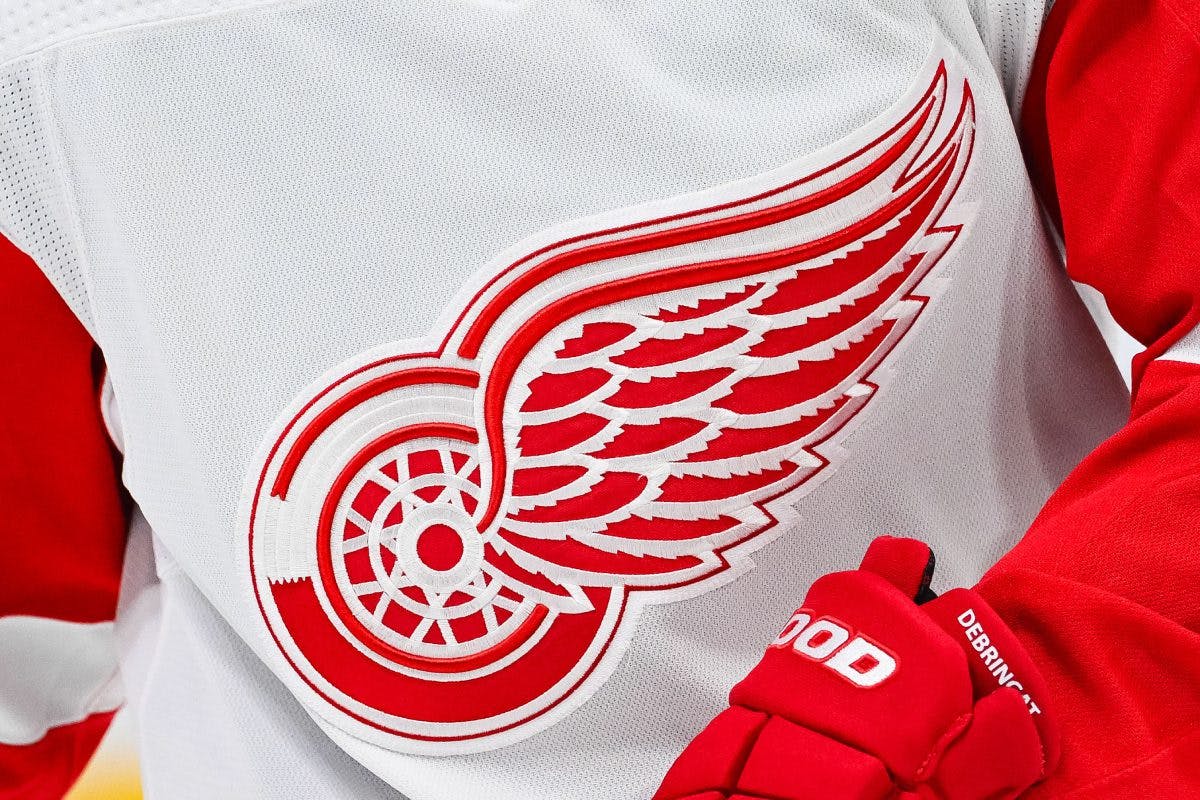NHLPA reminds players of their right to control – or destroy – wearable tech data

VANCOUVER — In our digital world, we are increasingly what our data says we are – and that is especially true for NHL players with the treasure trove of information teams are collecting about them in practices and games throughout the course of a season.
To that end, the NHL Players’ Association sent an internal memo to union members and agents at the end of the regular season reminding players of their right to control data collected by their teams from wearable technology.
The NHLPA reminded players that they have a right to request a copy of their wearable data, along with a summary of the team’s analysis of that data, and their bargained right to demand teams to destroy and delete all copies of the data from their system.
League sources say that in the days since the memo was distributed, multiple teams have received formal requests from players that they destroy and delete the data that was collected on them.
An NHLPA spokesperson provided the following comment: “The use of wearable technology remains completely voluntary, and players have the right to access their wearable data from their club and to request that their club delete their data at any time. The NHLPA is ensuring that players understand their rights in this area.”
There is a separate agreement between the NHL and NHL Players’ Association that covers wearable technology, outside and apart from the Collective Bargaining Agreement. That document is not publicly available.
Over the last few years, the most cutting-edge teams have been quietly working to amass a database of information about players that have been either through their organization or competitors they have analyzed. How teams utilize that information in the decision making process with regards to personnel (trades, signings, etc.) still remains most unclear.
For nearly a decade now, NHL players have worn tracking devices in practice made by firms such as Catapult Sports, which actively monitors things such as heart rate, distance traveled, skating symmetry, and many other data points to more effectively answer sports science questions such as proper load management to mitigate injury risk and soft tissue wear, as well return-to-play targets from injury. More than half of the NHL’s teams are believed to use Catapult’s services.
Over the last few seasons, NHL players have also worn in games player tracking devices sewn into their jerseys. With infrared cameras in the rafters, every movement of each player is tracked in millions of data points, through which teams are just beginning to harness and scratch the surface of their meaning and influence.
When asked about the data, the NHL said that clubs “utilize wearable technology in effort to assess and improve player performance.” That can be mutually beneficial, of course, especially with regards to load management and preventing soft tissue injury to optimize health and performance.
Skeptics would say that this is the wild west of data, that it can be harnessed to negatively impact contract decisions made against players, and that it should be better governed and monitored. The NHL does not actively police teams with the data they are collecting and storing, and whether it is actually being deleted upon request, because in part player participation remains completely voluntary.
“Oh, I believe 100 percent that teams are using this data in their decision-making process,” one NHLPA certified player agent said this week. “Do I have proof? No. But strong hints. I’ve had teams appear to be very interested in a player, then seem to change their mind for no ostensible reason, and it turns out that player has chronic soft tissue injuries that we really didn’t even diagnose or discover yet.”
Another agent told Daily Faceoff that he was much less concerned about the information being collected or harnessed because “most of the information they’re seeing should be pretty obvious to the naked eye anyway.”
While a league source said of course NHL teams are using the data. “What are they supposed to do?” the source asked. “Ignore it?”
_____

Hey, hockey heads! Get ready for The Daily Faceoff Playoff Parlay Challenge! Each game day, answer four playoff prediction questions like who will win the first game, will points be over or under or what will be the highest-scoring period? Daily winners snag gift cards, while each round’s champs pocket cash! Play now at games.dailyfaceoff.com and prove your puck prowess! It’s fast, it’s fun, and it’s all about hockey! Let’s go!
_____
Recently by Frank Seravalli
- Winning at a cost: Is wear and tear impacting Quinn Hughes’ play and deployment?
- How Thatcher Demko helped prepare Casey DeSmith to carry the mail for the Vancouver Canucks
- ‘We’re back in the NHL again.’ Utah already feels like home for ex-Coyotes
- Sources: Oilers, Stars and Capitals among 11 teams with record salary cap overages for 2024-25
- 10 burning offseason questions for the NHL’s non-playoff teams of 2023-24
- An audit of our bold predictions for the 2023-24 NHL season